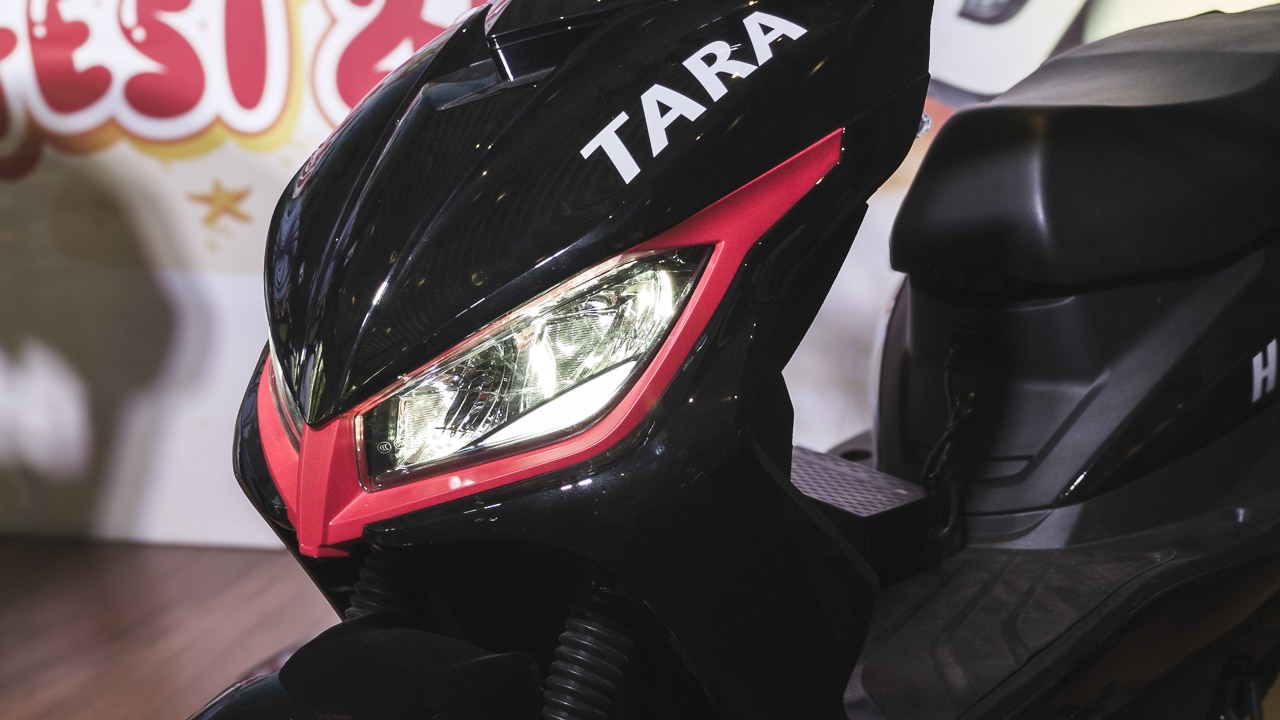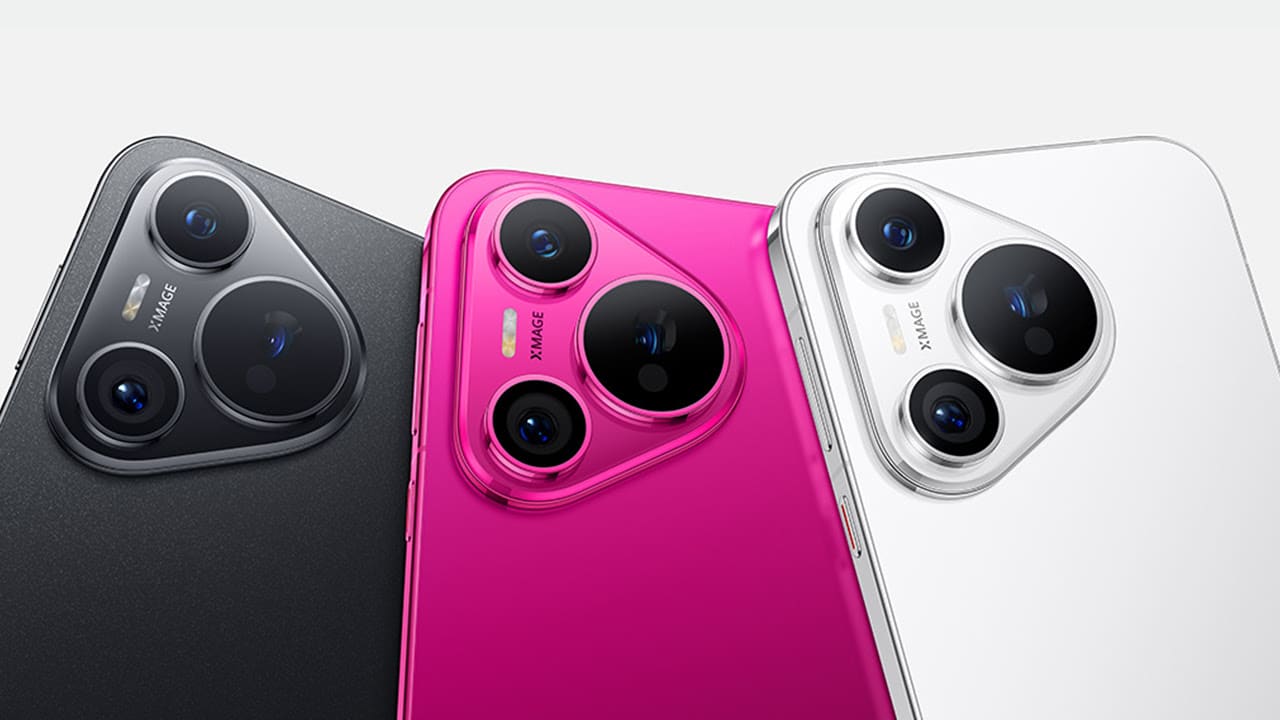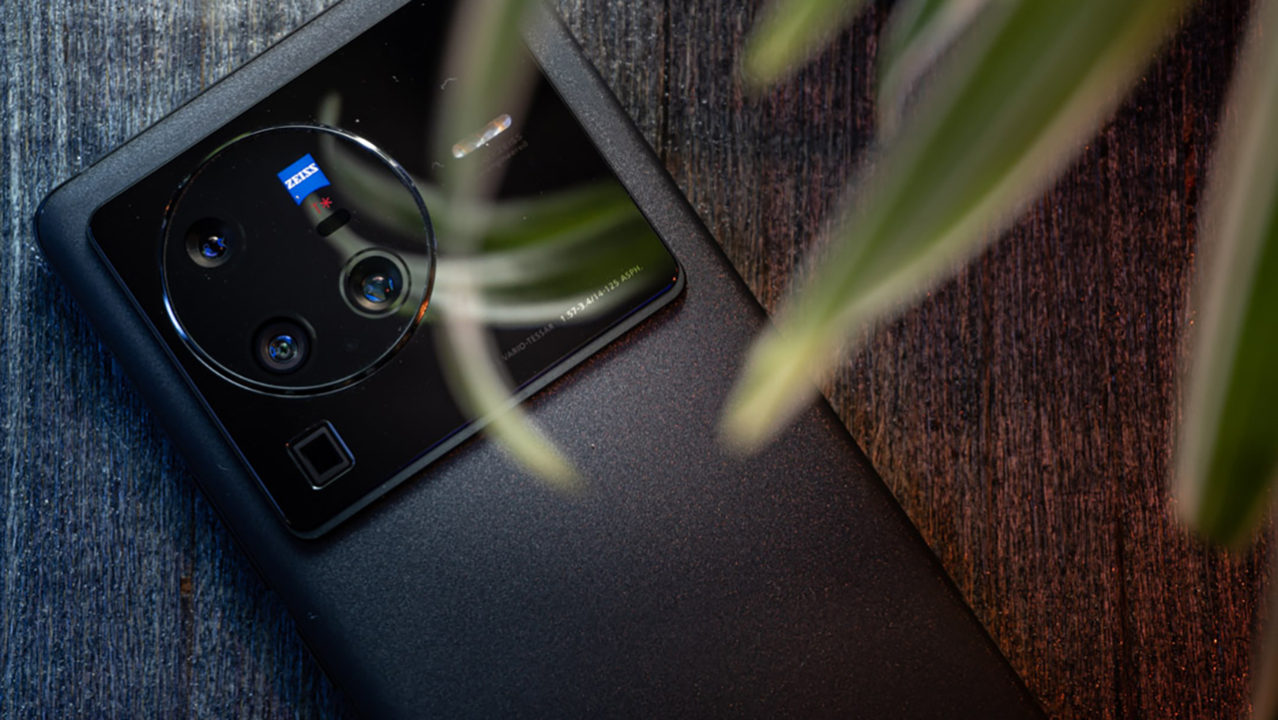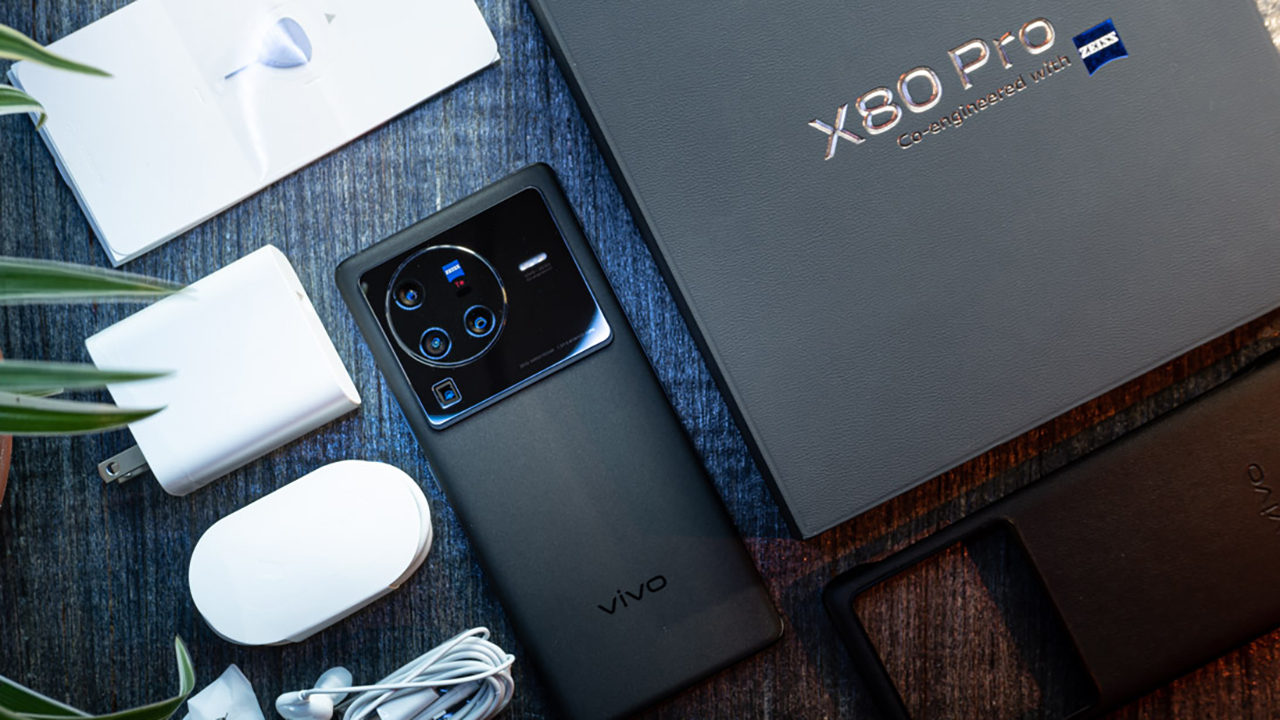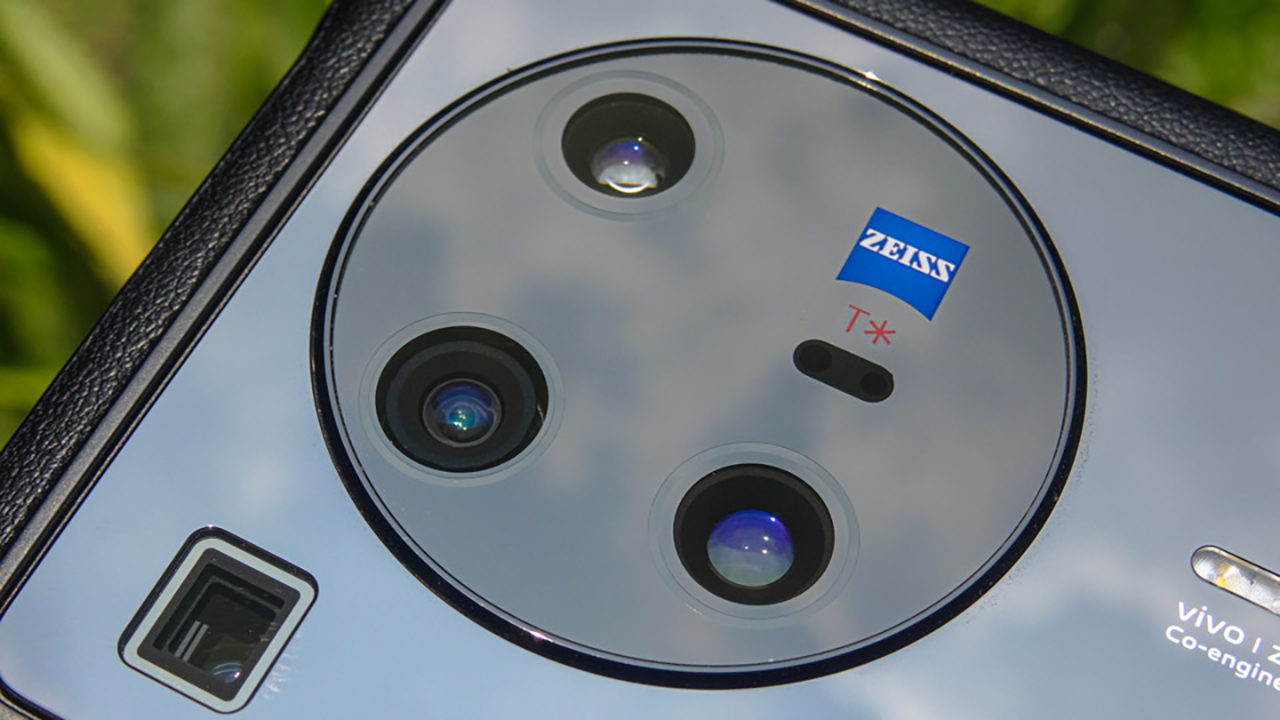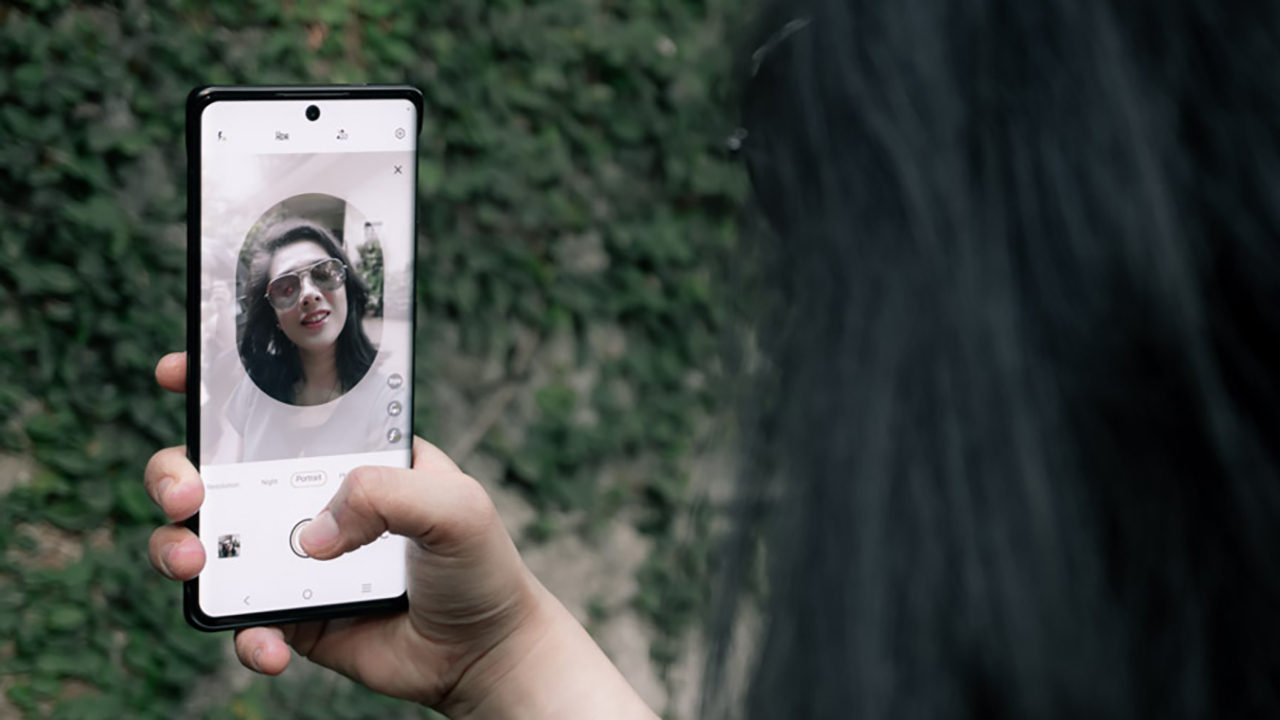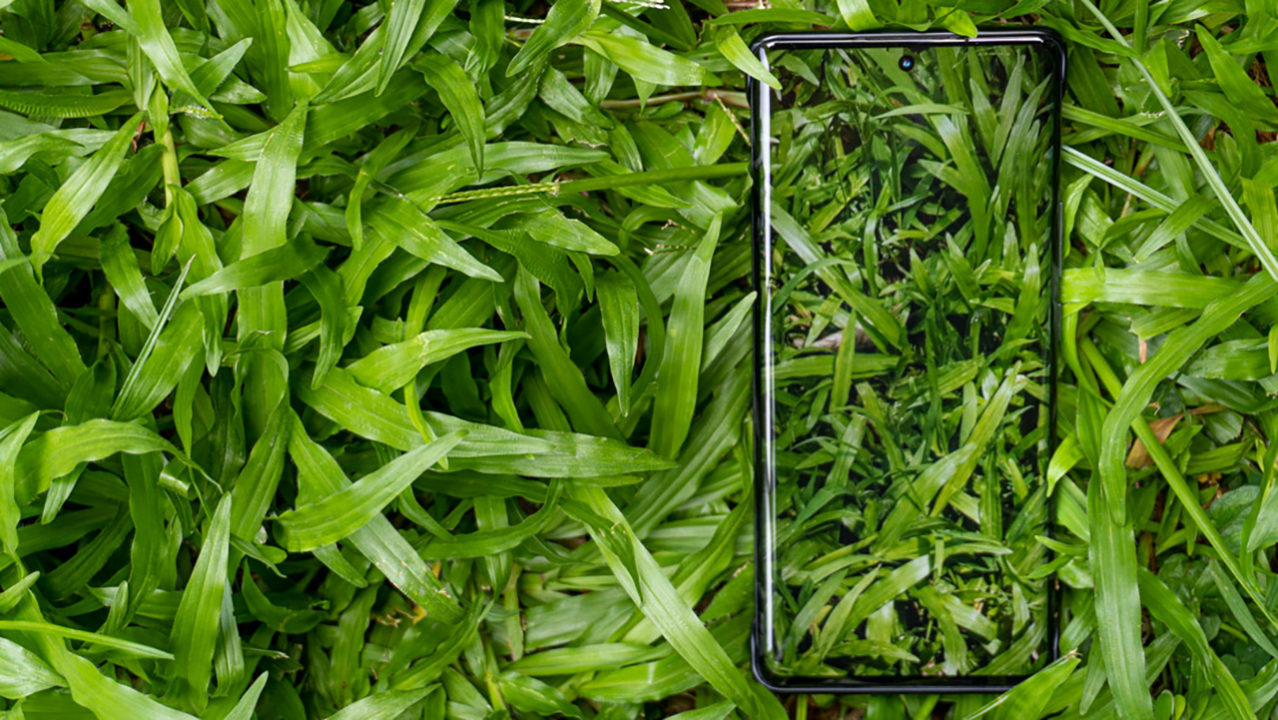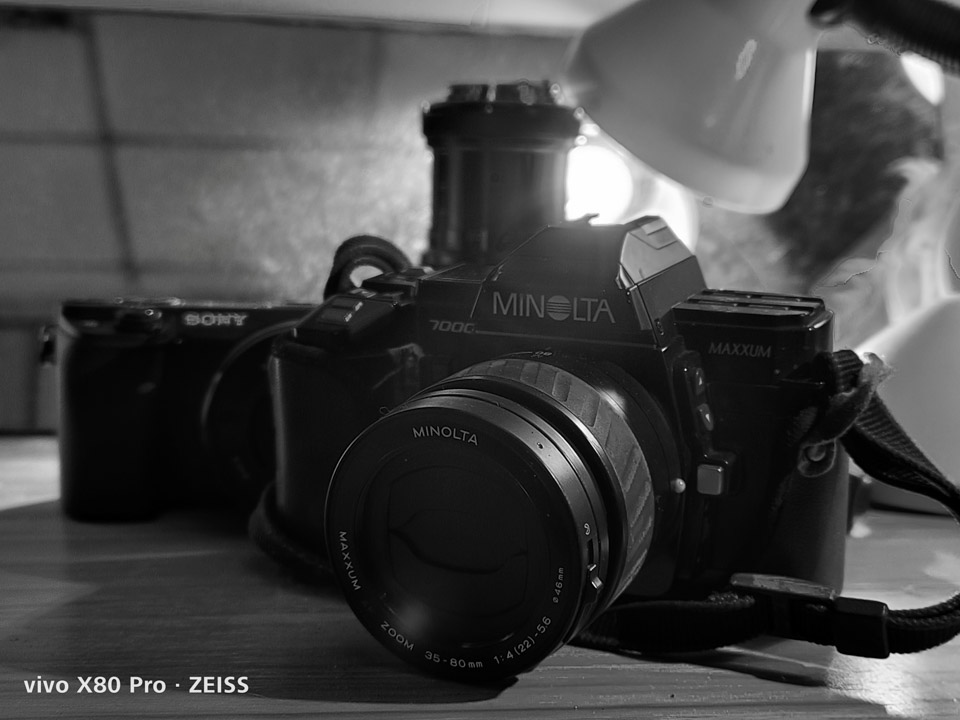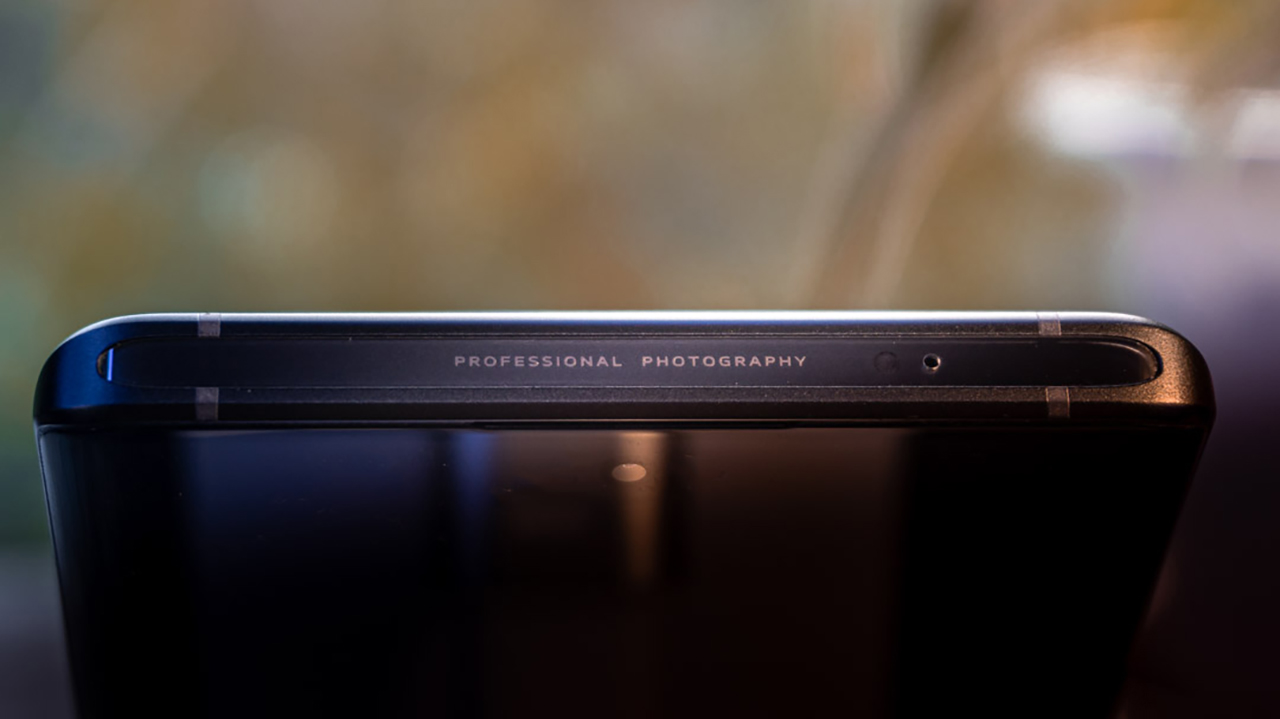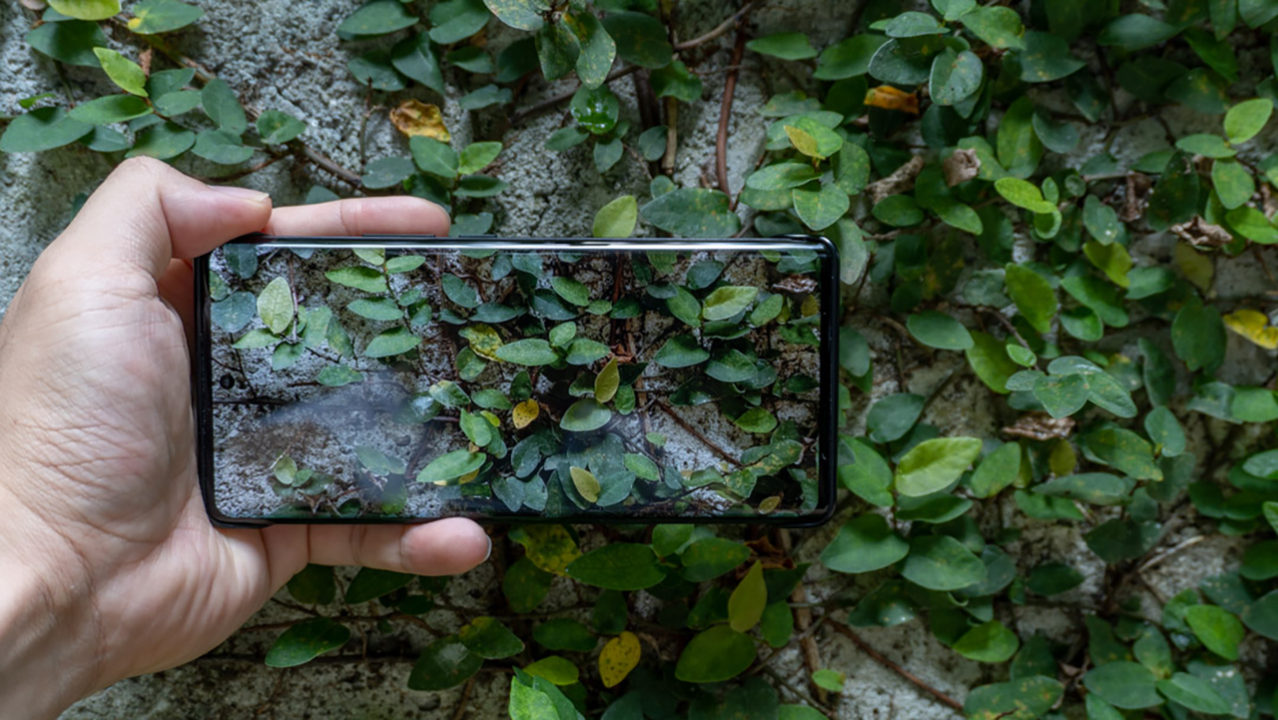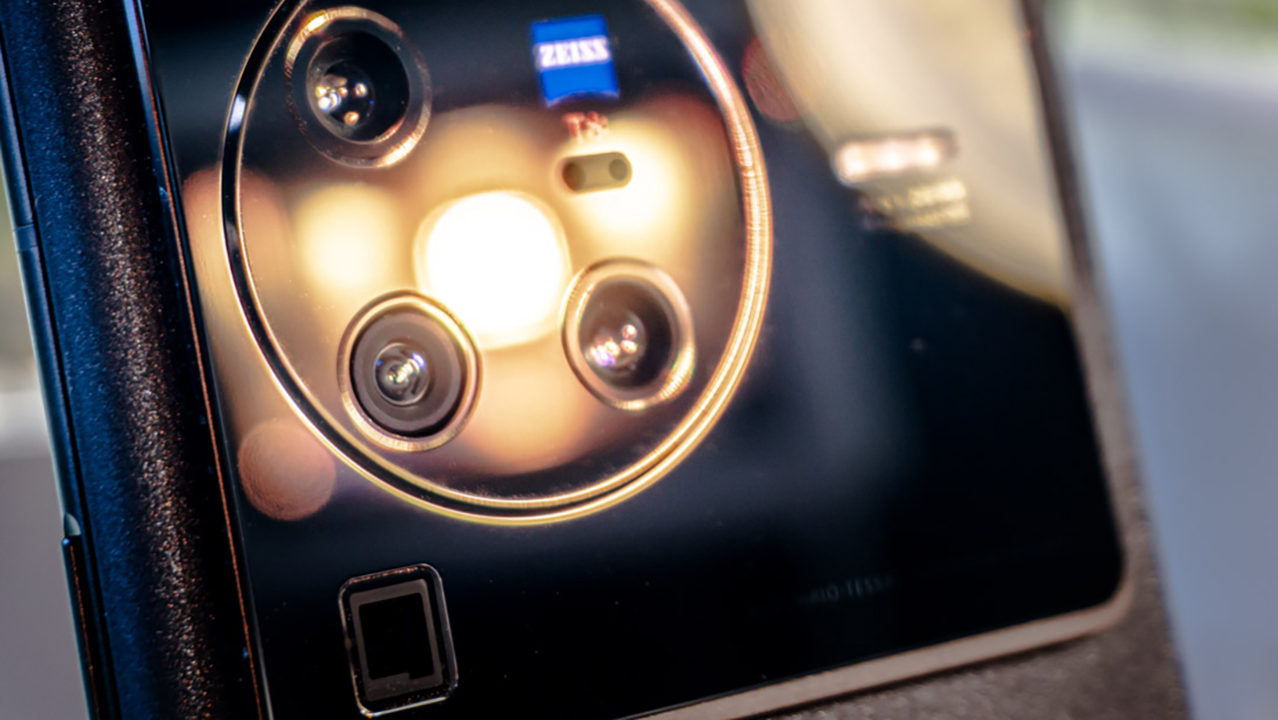Every photo tells a story. This is how photographers successfully communicate with their audience as they don’t just show mere photos. Each snap conveys an emotion.
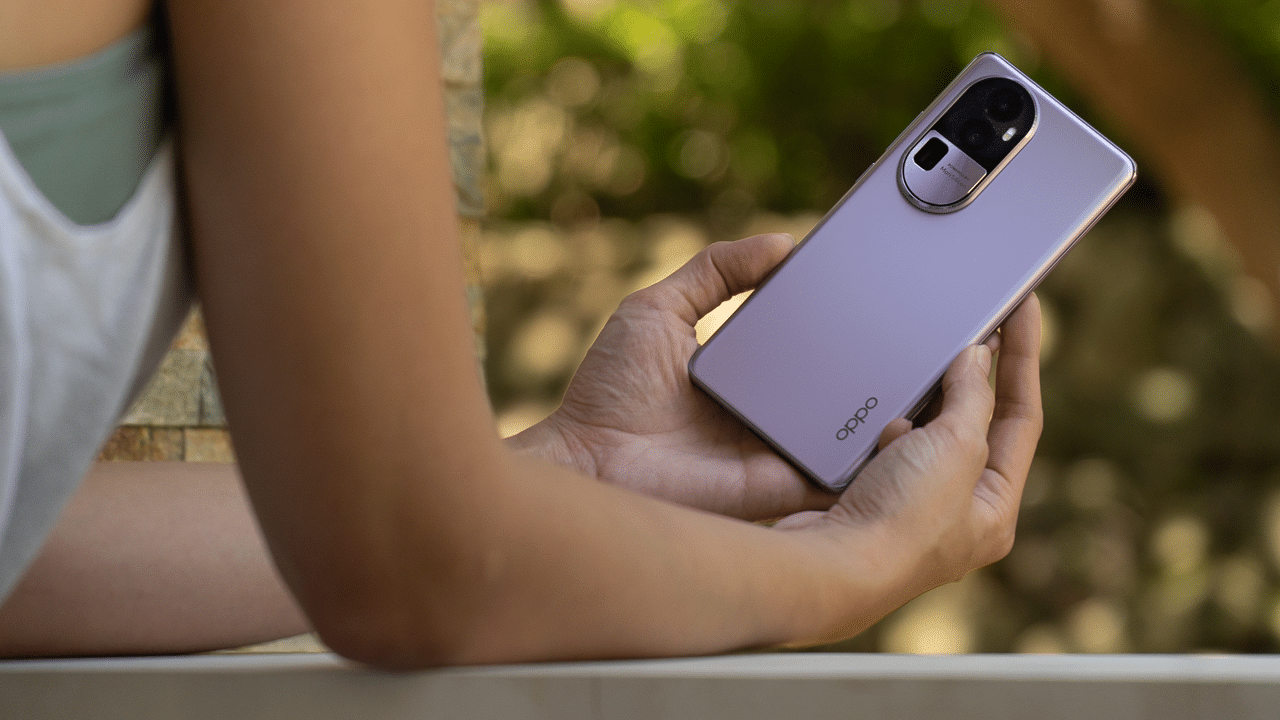
This is why OPPO has made sure that with its recently-launched Reno10 Series 5G, every photo you take is backed up both by hardware and software to deliver high-quality images and effectively tell your story.
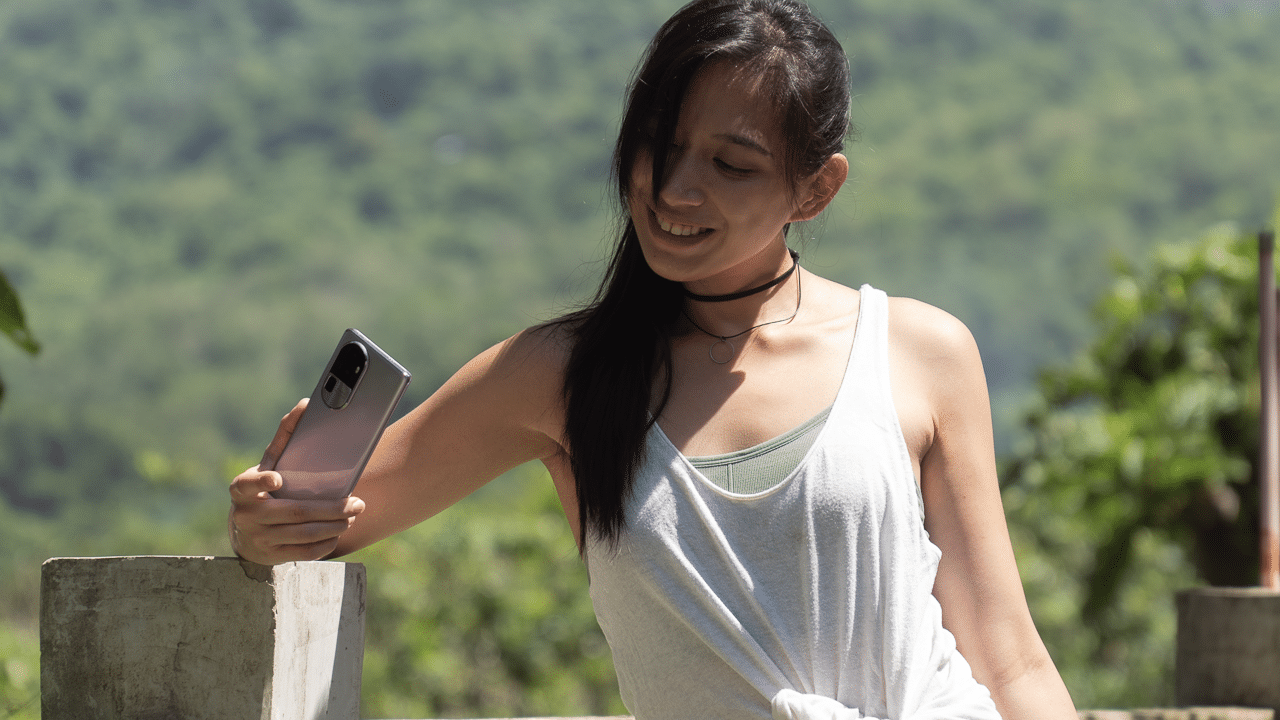
Here are 5 features of the OPPO Reno10 Series 5G that will make you shoot like a pro.
Go Professional with 64MP Telephoto Portrait Camera with OIS
One of the focuses of this new lineup of smartphones is portrait photography. When shooting portraits, you want your subject to be the focal point, of course, with a nice blur or bokeh for the background to be able to make your subject pop out more.
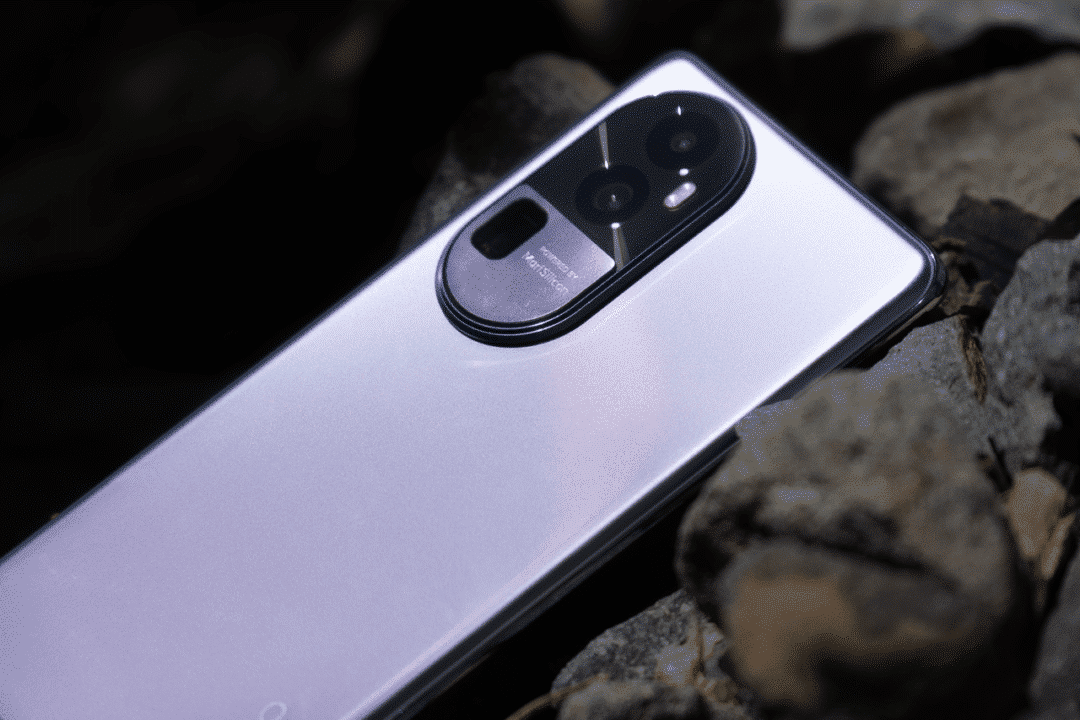
This is exactly what the 64-megapixel Telephoto Portrait Camera of the Reno10 Pro+ 5G is for. It helps you create stunning, professional-looking portraits thanks to its ultra-large sensor that ensures images are detailed and crisp – just as a flagship-level portrait expert should.
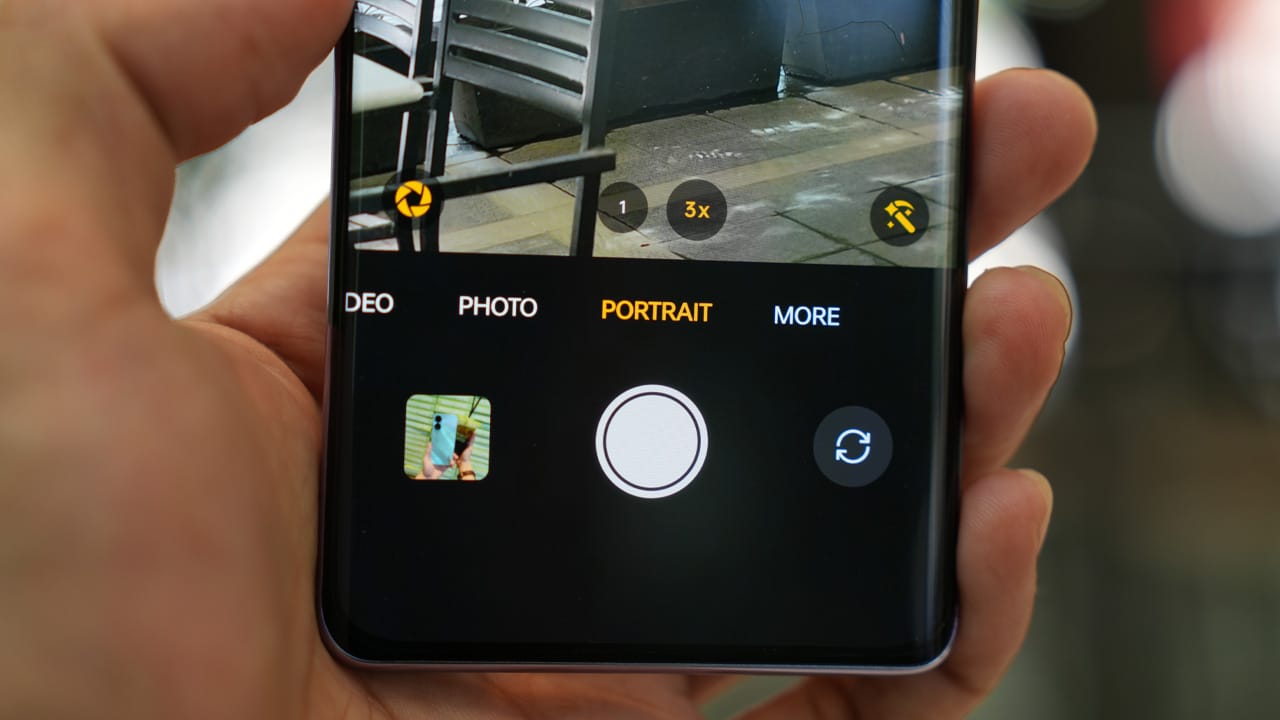
When you switch to Portrait Mode, you have a choice of going for either 1x optical zoom or 3x optical zoom. Either way, the phone promises to produce pro-level images but I personally prefer going for 3x optical zoom since I like how elements from the background become more squeezed together and flat which looks closer to photos taken with a full-blown telephoto lens from a dedicated mirrorless camera. Optical zoom is exactly what you would want to have rather than just going for digital zoom which loses valuable details in your image.
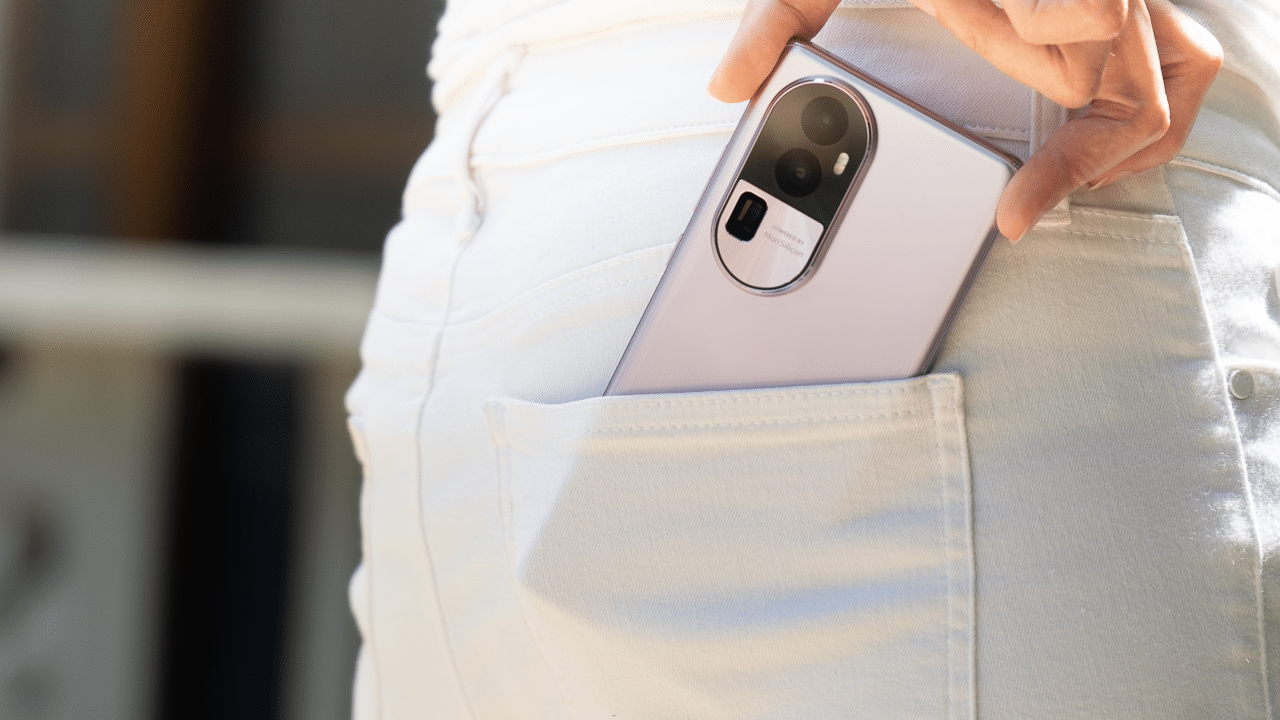
With this optical zoom, you’re able to zoom in with no data loss whatsoever to be able to get that natural, creamy blur in the background just like how professionals do it.
And if you need to tweak the blur in the background, that’s possible, too, with just a tap of its depth-of-field adjustment tool. It lets you adjust the aperture of your photo from f/16 with minimal blur to f/1.4 for that creamy bokeh that a lot of photographers try to go for.
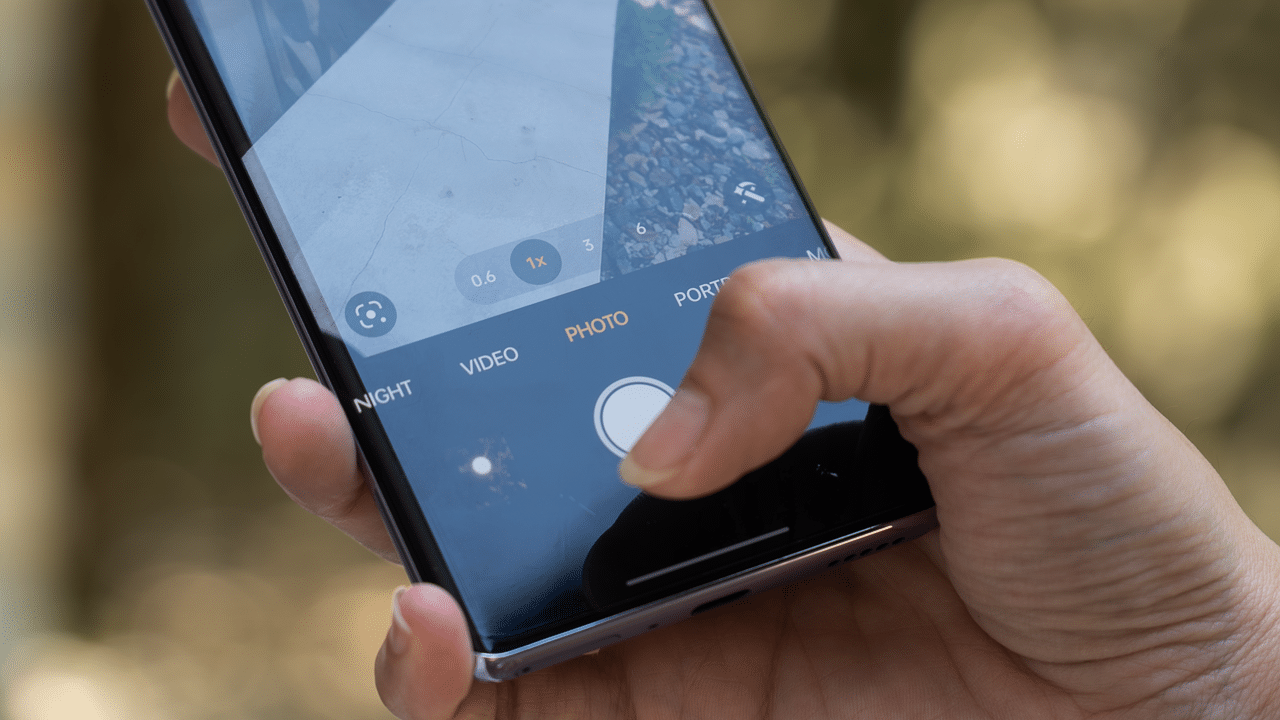
And on top of those, you’ve got OIS or optical image stabilization working for you that uses reliable hardware to compensate for handshakes and jitters eliminating unwanted blurs on your subject and producing only crisp shots.
A Versatile 50MP Ultra-Clear Main Camera with OIS
A 50-megapixel Ultra-Clear main camera is present for both the Reno10 Pro 5G and Reno10 Pro+ 5G. What this means is you get a diverse and very capable main shooter that delivers high-quality images every time you take a photo. In addition, you’re also getting the flagship-level Sony IMX890 sensor.

Apart from the usual 1x field of view, you also get a 112-degree 8-megapixel ultra-wide-angle lens perfect for capturing landscapes and sceneries for when you travel, or when you simply want to be a little extra creative shooting your friends and family.
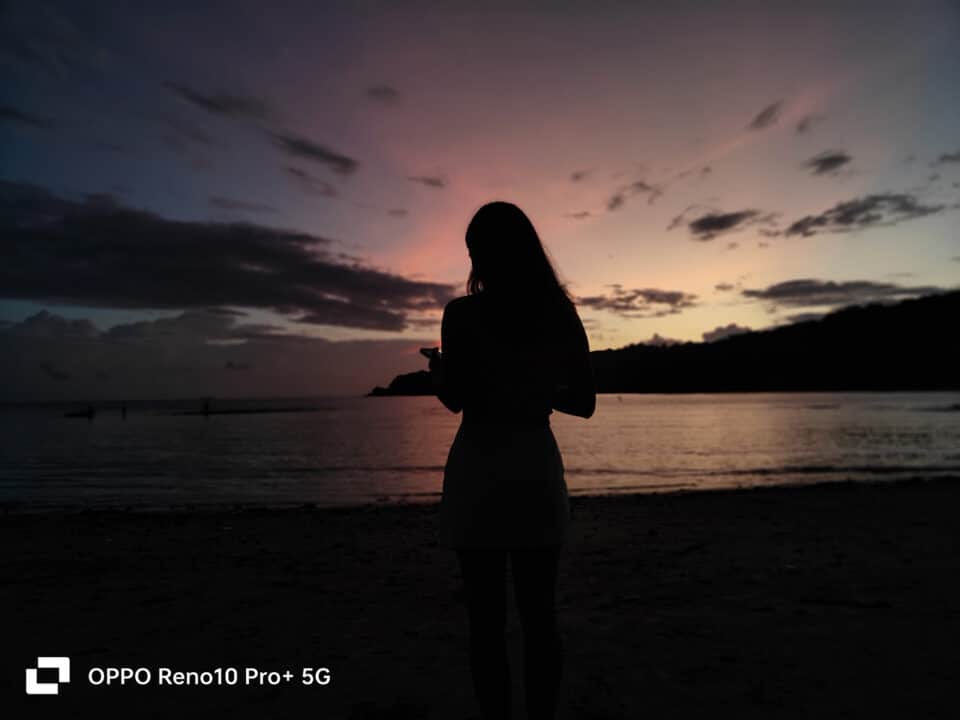
During our recent trips, its ultra-wide-angle camera captures vibrant and detailed photos and what I especially appreciate is that it even minimizes and corrects distortions (common when taking wide-angle images), especially for faces through the use of its AI algorithm. And since it also employs an OIS, you can rest easy that blurry images will be lessened.
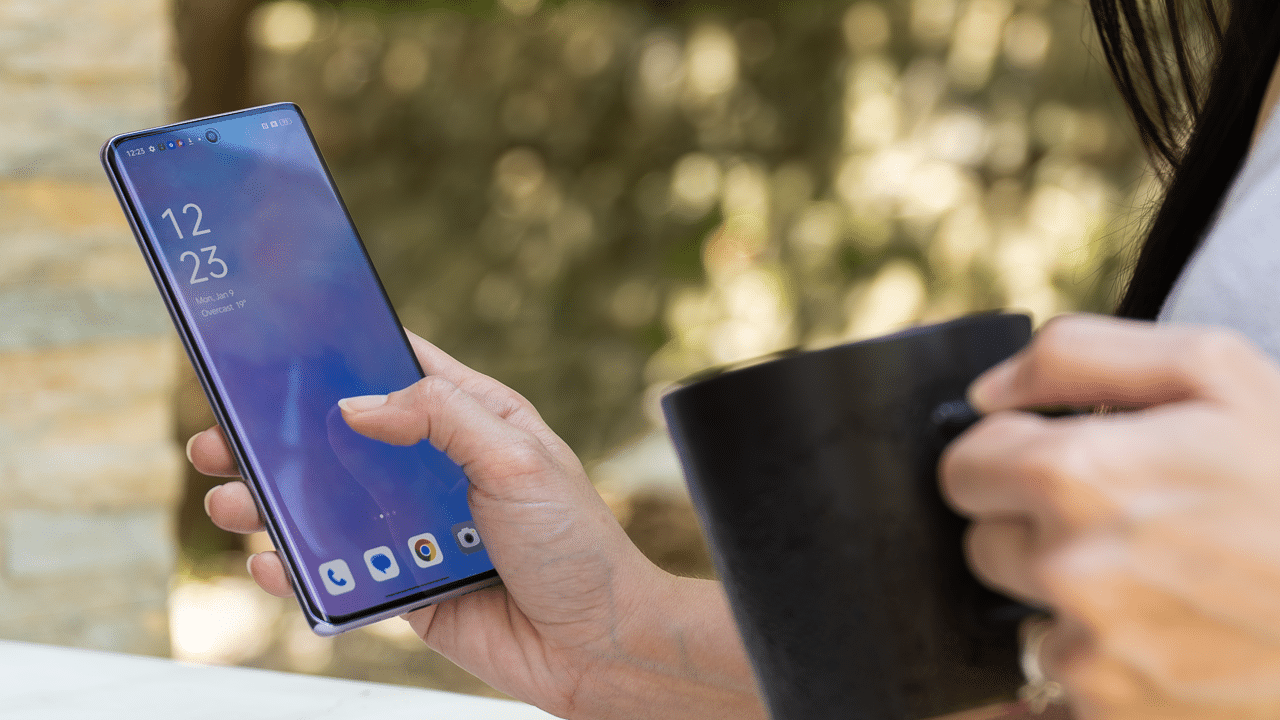
For the base Reno10 5G model, you also get this same, useful ultra-wide-angle lens on top of its 64-megapixel Ultra-Clear main camera so whatever model you choose, you’re assured that you’re backed up by sensors and lenses that only deliver pro-level photos.
A Smart 32MP Ultra Clear Selfie Camera with AF
Okay, let’s now talk about selfies. All three models under the Reno10 Series 5G sport a capable 32-megapixel Ultra-Clear Selfie Camera with Autofocus.

You even get a choice between the normal 1x zoom field of view, 2x, or go wide with its 0.8x option. This is perfect for group selfies as everyone can effortlessly fit in the frame for that epic group photo.
Different filters and retouching effects are also present if you want a certain vibe for your shot or to make sure everyone is looking their best.
4K Ultra-Clear Video
We’ve already established how the Reno10 Series 5G delivers impeccable photos – whether for portraits, normal, or ultra-wide-angle shots. But this new lineup of smartphones from OPPO can also go for high-quality videos.
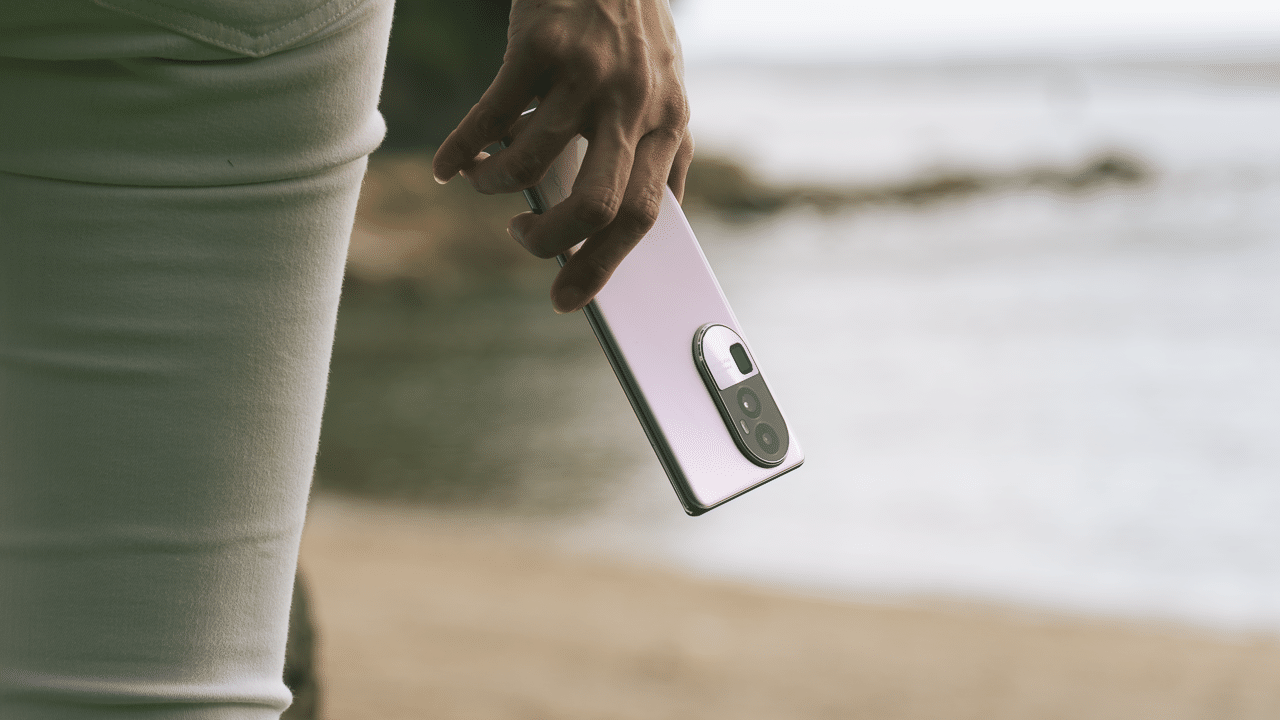
Its Ultra-Clear Video capabilities are headlined by 4K video recording at up to 60fps for the Reno10 Pro+. The Pro model also tops out at 4K resolution but offers 30fps max framerate instead.
Either way, both provide the capability to capture cinematic-like footage with 4K resolution to preserve all those details. OIS is also present for shooting videos so what you get is smooth, fluid footage.
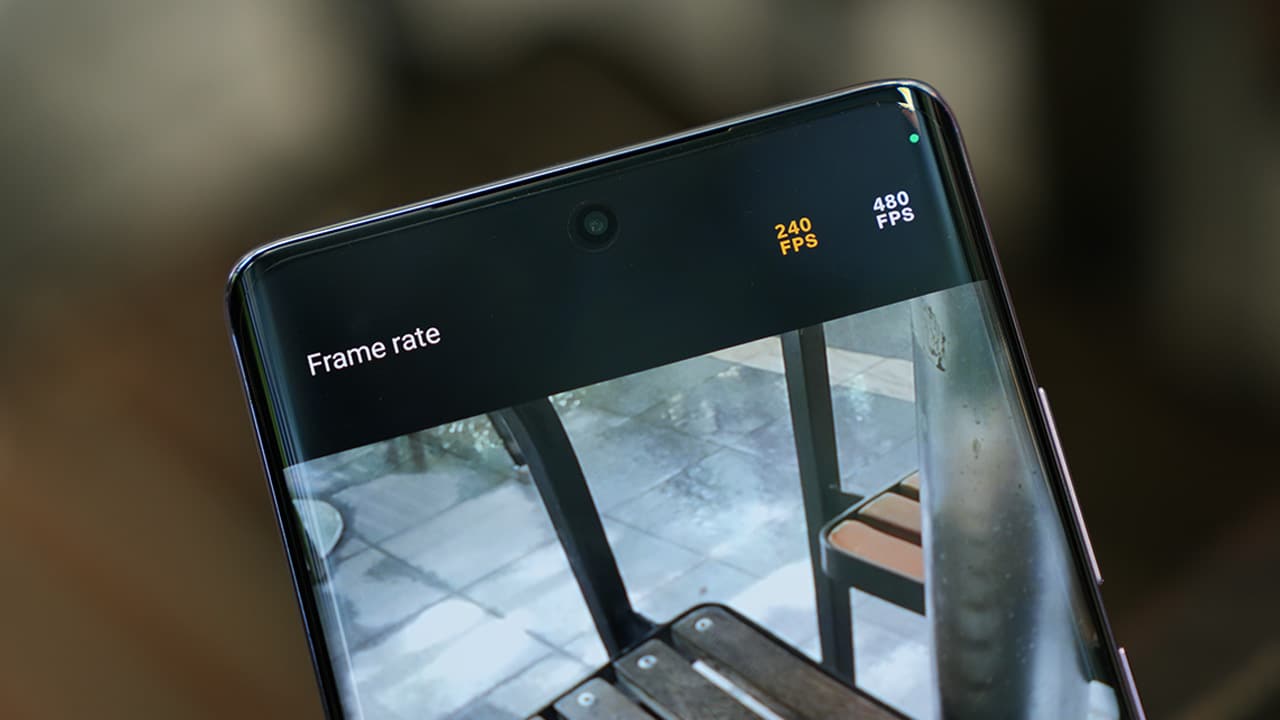
And if you want to shoot extreme slow motion clips, you can record ultra-slow 480fps HD videos and 120fps footage in Full HD – just right for uploading on Instagram Reels or TikTok, for example.
100W SUPERVOOC Flash Charge
So far, we’ve discussed how this new smartphone series has your back when it comes to imaging, but what are all those features if your phone has no battery life left, right?
You’d be glad to know that the Reno10 Pro+ now supports 100W SUPERVOOC Flash Charge and is no joke when it comes to topping up the battery. And while this is only available with the top-of-the-line mode, OPPO made sure to still provide fast charging for the other models. The Reno10 5G comes with 67W SuperVOOC charging while the Reno10 Pro 5G comes with 80W SuperVOOC charging.
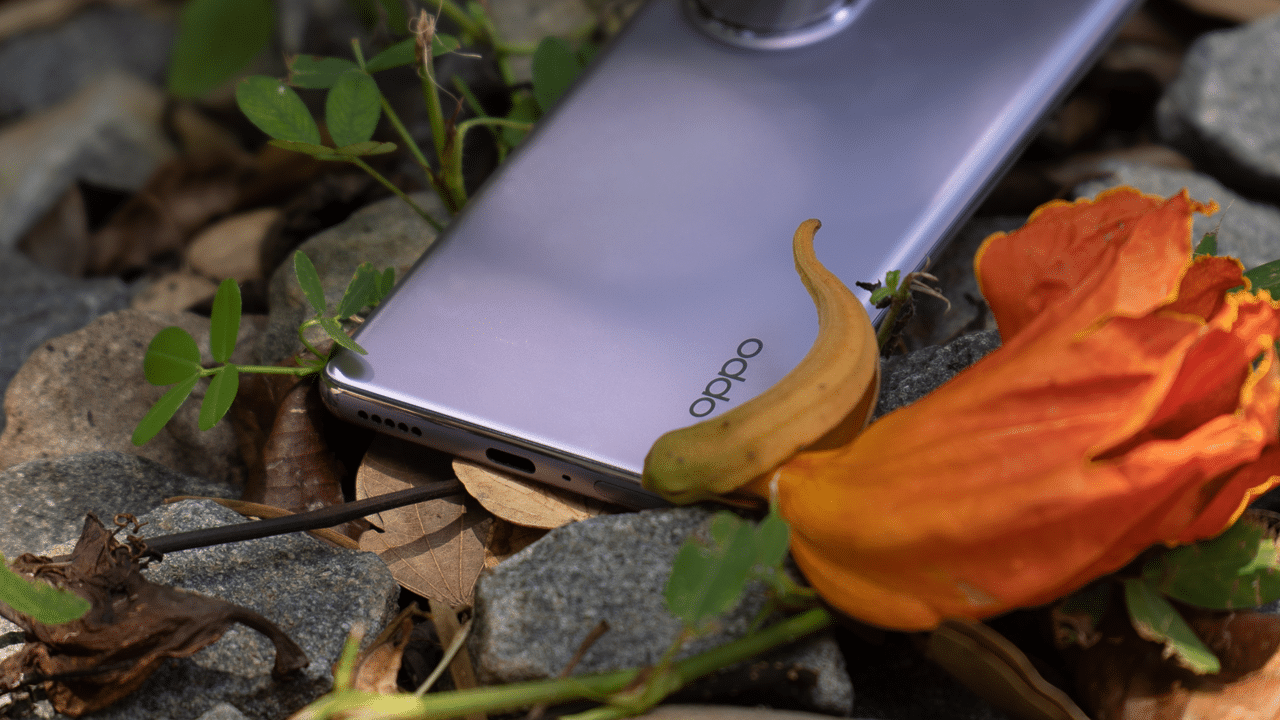
With OPPO’s tested and verified 100W SUPERVOOC technology, battery anxiety will be minimized since the company promises up to 50% of battery life in just under 10 minutes of charging. Again, less than 10 minutes of charging.
For those who play a lot on their phones, 5 minutes of charging will give you two hours worth of gaming according to OPPO. And in terms of capacity, the top-of-the-line Reno10 Pro+ 5G is equipped with 4700mAh of battery, while the base model Reno10 5G comes with a little more at 5000mAH capacity.
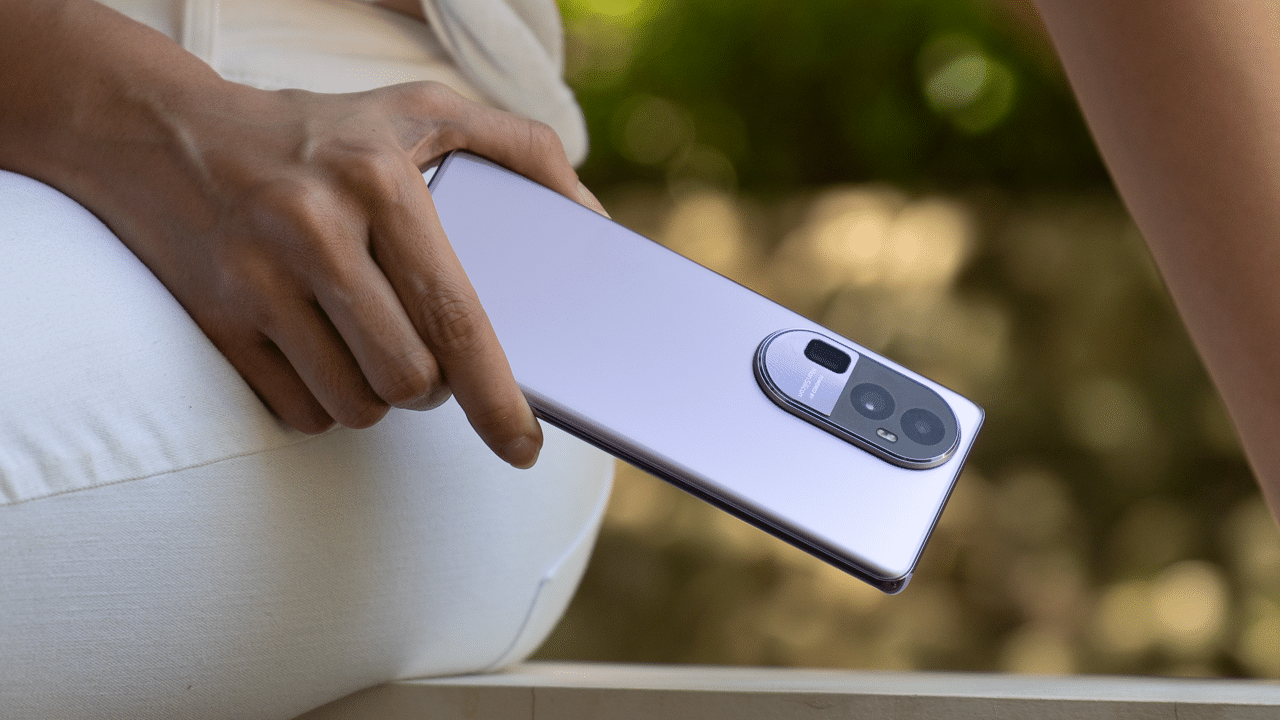
These are then backed up by a battery health engine that increases battery durability so you can have peace of mind that it will not let you down for at least 4 years of use, as part of the company’s 48-month Fluency Protection.
Final Thoughts
We’re currently taking these devices for a spin and spending a bit more time to get to know them better. Be sure to check back for our reviews (review now available here!) to see how well these phones stack up against the competition and how it delivers our needs being content creators who are always out and about shooting different subjects and sceneries for our content.
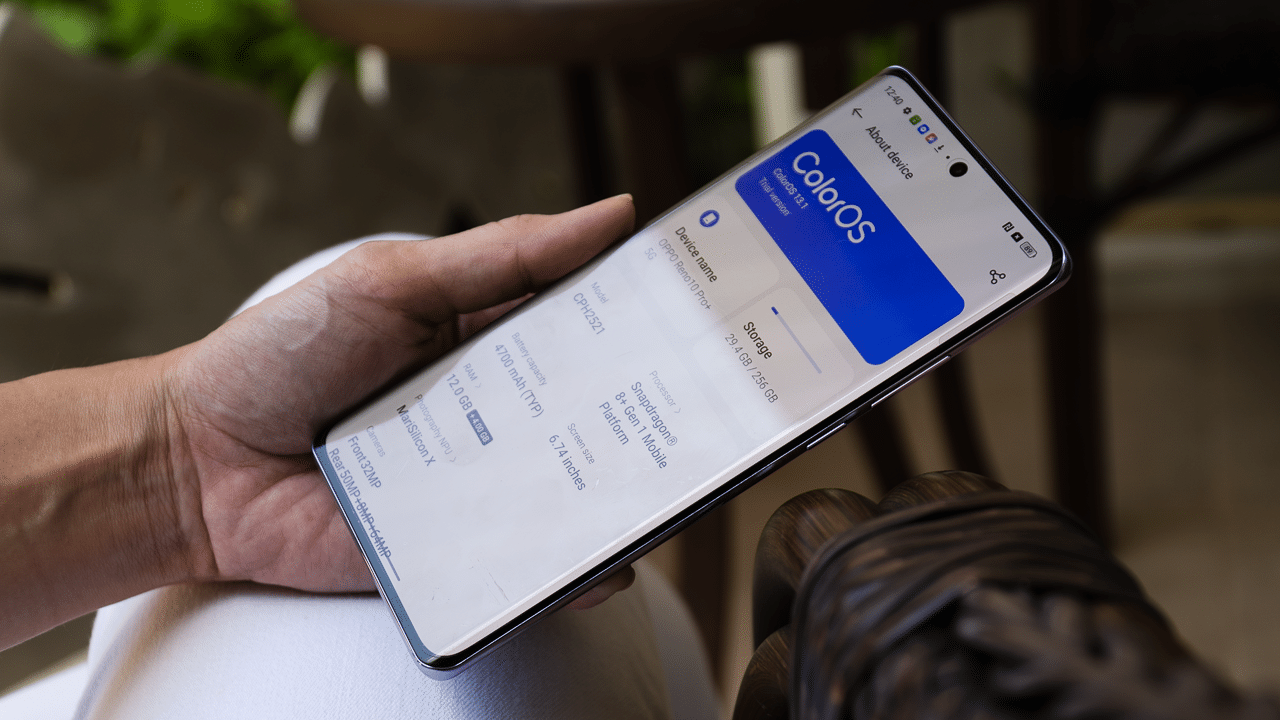
Although, delivering pro-level performance in terms of imaging, battery, and everyday usage isn’t an easy feat to achieve.
This is why I think OPPO is bold for claiming these things and with the time we’ve spent with the Reno10 Series 5G so far, it seems like they’re holding up their end of the deal with how the devices keep churning out impressive shots, has reliable performance day-to-day, and with no anxiety felt for its battery life.
Price and availability in the Philippines
The base model OPPO Reno10 5G retails for PhP 23,999, while the Reno10 Pro 5G is at PhP 29,999. The top-of-the-line Reno10 Pro+ 5G sells for PhP 39,999, and the new OPPO Enco Air3 Pro that launched alongside the above phones retails for PhP 5,499.
These are available in OPPO-authorized offline stores nationwide as well as online via Lazada and Shopee. You can also get it through partner operators Globe and Smart, in addition to Home Credit and all credit cards.
This is a sponsored post by OPPO Philippines.






